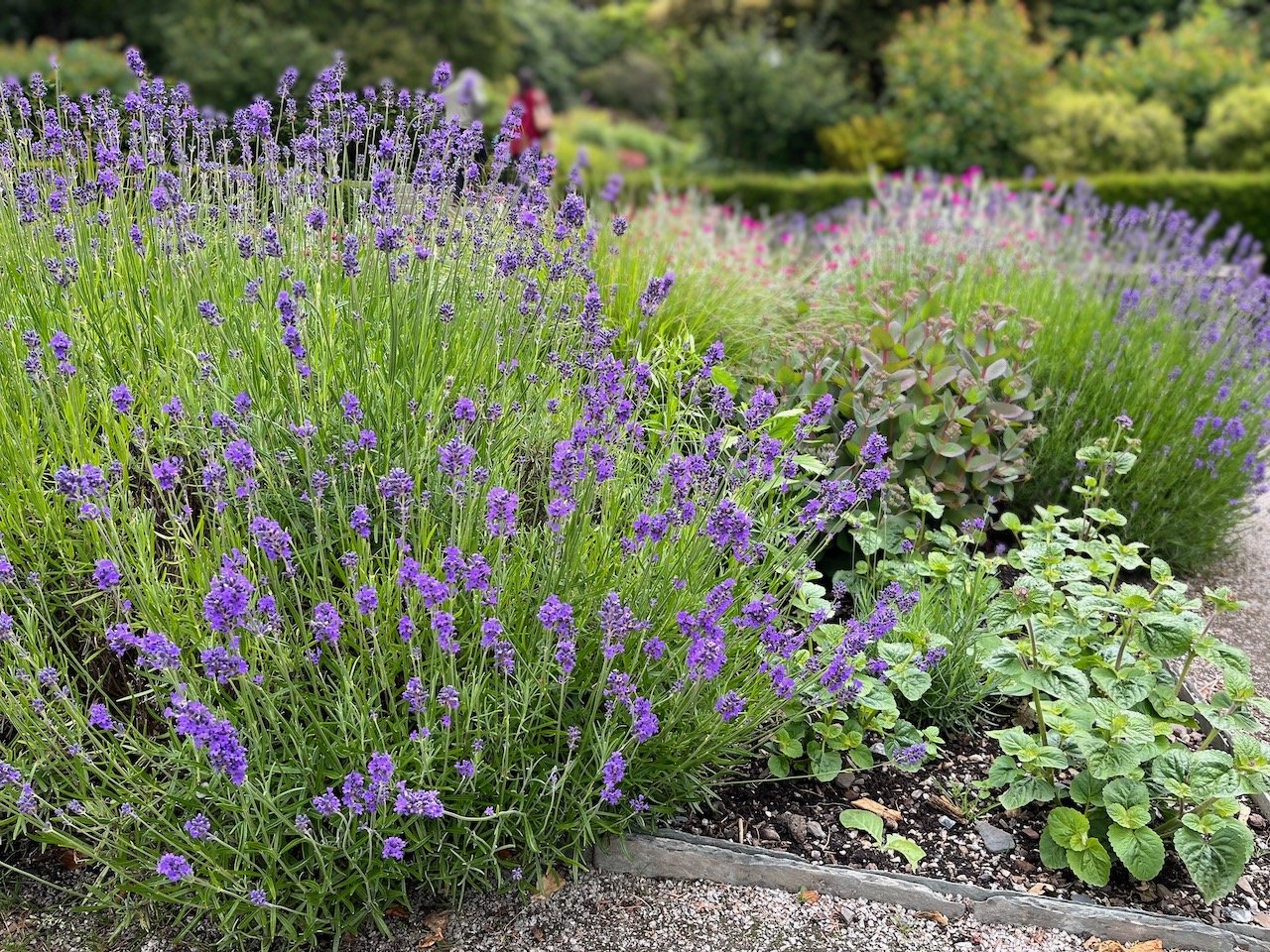Leadership Lessons from the Garden: Growth, Patience, and Presence
Gardens at National Trust property, Castle Drogo
Gardening and leadership may seem worlds apart, but they share fundamental principles. A thriving garden, like a successful leader, requires patience, adaptability, and a deep understanding of timing. Nature teaches us that growth happens in seasons, change is inevitable, and being present is the key to long-term success.
Everything Has a Season
In gardening, you can’t force a flower to bloom before its time. Seeds planted in winter won’t flourish until spring. Leadership follows the same rhythm—every team, project, and individual has a season of growth. A new initiative may take time to take root before yielding results. Strong leaders recognize when to push forward and when to allow time for development. Just as a gardener nurtures plants through their natural cycles, a leader must cultivate talent and ideas with patience, knowing that success doesn’t happen overnight.
Change Takes Time
A garden is never static. Plants grow, weather shifts, and the soil needs replenishing. Leaders, too, must embrace change. Transforming a struggling business, developing a high-performing team, or adopting new strategies takes persistence. Quick fixes rarely lead to lasting impact—just as overwatering doesn’t accelerate plant growth, pushing too hard can hinder progress. Real transformation requires steady, intentional effort, adjusting to conditions as they evolve.
The Power of Being Present
A great gardener observes, listens, and responds to what the plants need. Similarly, great leaders are present. They pay attention to their teams, recognize subtle shifts in morale, and adapt their approach. Leadership isn’t just about big decisions; it’s about being engaged daily, fostering an environment where people feel valued and empowered to grow.
The best leaders, like the best gardeners, understand that success isn’t about control—it’s about nurturing, adapting, and trusting the process.
